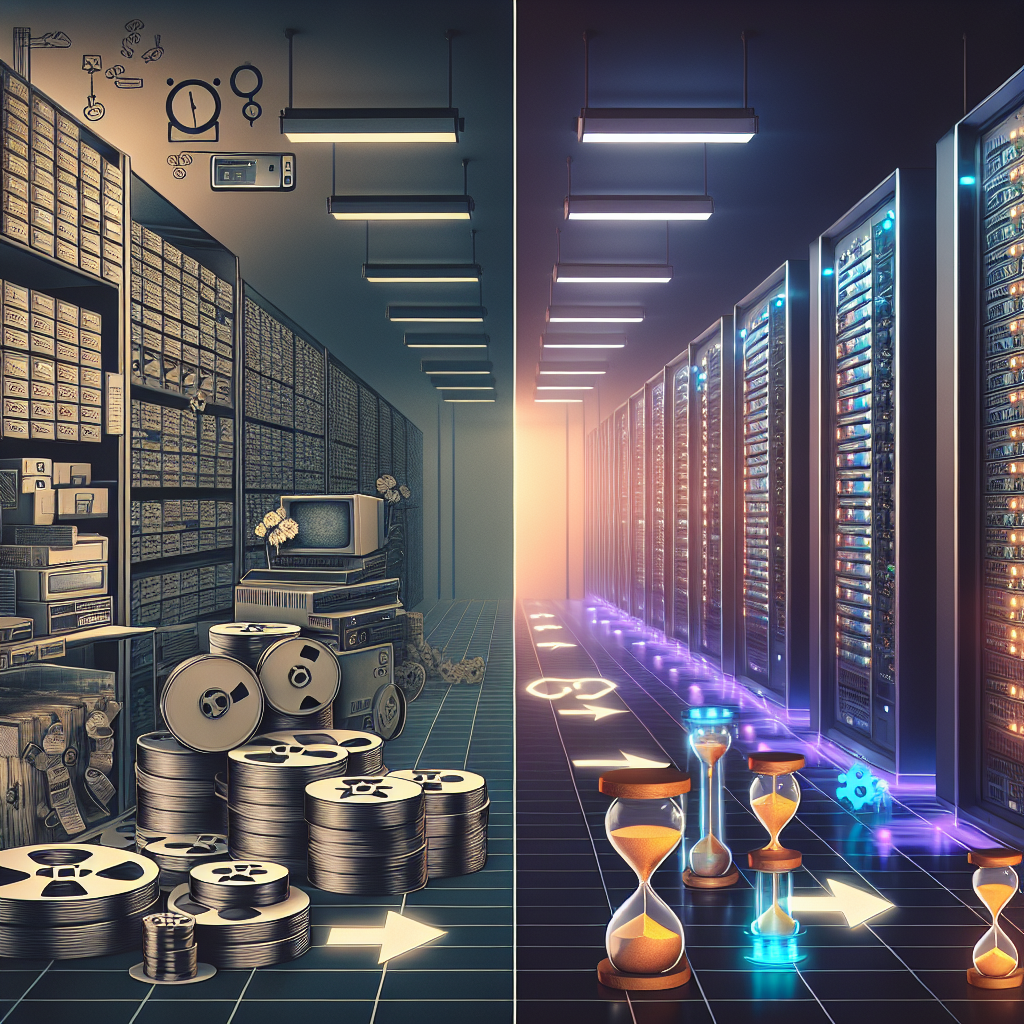Your cart is currently empty!
The Evolution of Data Center Storage: From Traditional to Modern Solutions

Data centers have come a long way in terms of storage solutions, evolving from traditional methods to modern technologies that can handle the ever-increasing amounts of data that businesses generate and store. In this article, we will explore the evolution of data center storage, from the early days of tape drives and hard disks to the sophisticated storage solutions available today.
In the early days of data centers, storage solutions were limited to tape drives and hard disks. Tape drives were used for long-term storage of data, while hard disks provided faster access to frequently used information. However, both of these solutions had their limitations. Tape drives were slow and cumbersome, making it difficult to retrieve data quickly when needed. Hard disks, on the other hand, had limited storage capacity and were prone to failure.
As data centers began to expand and businesses started to generate more data, the need for more efficient storage solutions became apparent. This led to the development of technologies such as RAID (Redundant Array of Independent Disks) and SAN (Storage Area Network). RAID allowed data to be spread across multiple disks for redundancy and improved performance, while SANs provided a centralized storage solution that could be accessed by multiple servers.
The advent of virtualization also had a significant impact on data center storage. Virtualization allowed businesses to consolidate their servers and storage resources, leading to greater efficiency and cost savings. This, in turn, led to the development of storage solutions such as NAS (Network-Attached Storage) and object storage, which could be easily scaled to meet the growing demands of data centers.
Today, data center storage solutions have evolved even further, with the introduction of technologies such as flash storage, software-defined storage, and cloud storage. Flash storage, which uses solid-state drives (SSDs) instead of traditional hard disks, offers faster access to data and higher performance levels. Software-defined storage allows businesses to manage their storage resources more efficiently through automation and virtualization. Cloud storage, on the other hand, provides businesses with the flexibility to store and access data from anywhere, at any time.
In conclusion, the evolution of data center storage has been driven by the need for more efficient, scalable, and reliable solutions to handle the increasing amounts of data that businesses are generating. From traditional tape drives and hard disks to modern technologies such as flash storage and cloud storage, data centers have come a long way in terms of storage solutions. As technology continues to advance, we can expect to see even more innovative storage solutions that will further improve the efficiency and performance of data centers.

Leave a Reply